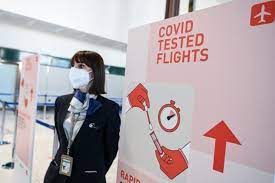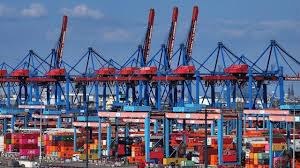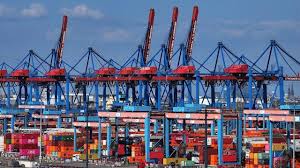Italy: Sardinia and Sicily to reopen as Italy’s Covid contagion rate continues to fall

Time: As a result of the improving contagion data, Italy’s health ministry has classed all but one region as a lower-risk ‘yellow’ zone from Monday.
Sicily and Sardinia will be allowed to join the rest of Italy in lifting many of the coronavirus restrictions, as the two island regions will be moved from the moderate-risk ‘orange’ to the yellow zone under the latest update to the nation’s tiered system of restrictions, regional governors confirmed on Friday.
Only the northern Valle d’Aosta region will remain in the orange zone for at least one more week.
Health Minister Roberto Speranza will reportedly sign the latest ordinance on Friday evening, bringing the changes into effect from Monday May 17th.
All other regions and autonomous provinces are already under yellow zone restrictions, meaning lighter restrictions are in place in almost all of Italy.
In yellow zones, museums and cinemas are able to reopen and restaurants can welcome diners for outdoor table service. Restrictions on travel to and from the region are dropped.
Many parts of Italy, including Rome’s Lazio region, have been under relaxed ‘yellow’ zone restrictions since April 26th. Photo: Filippo Monteforte/AFP
Italy’s coronavirus Rt rate, which shows the speed of transmission, has fallen slightly to 0.86, down from 0.89 last week, according to the latest weekly coronavirus monitoring report from Italy’s health ministry and the Higher Health Institute (ISS).
The average incidence rate nationwide has fallen to 96 known positive cases for every 100,00 inhabitants, compared to 123 cases in last week’s report.
However the figure varies significantly around the country.
Three regions have now dropped below the critical threshold of 50 cases per 100,000 inhabitants, which means tracking and tracing will be able to resume, said the head of Italy’s Higher Health Institute Silvio Brusaferro at a press conference on Friday afternoon.
Meanwhile the proportion of intensive care beds occupied by Covid-19 patients is now below the threshold of 30% in all but three regions.
As Italy’s coronavirus numbers continue to gradually improve, it’s hoped that some regions could soon be declared low-risk, low-restriction ‘white’ zones in the coming weeks.
There are strict criteria for being declared white zone, in which most restrictions are relaxed, including the 10pm curfew, with only face masks and social distancing still in place.
Sardinia is the only region to have enjoyed a spell as a white zone, in February – though a few weeks later the island turned ‘red’ again after seeing a sharp increase in new infections.
The Italian government has insisted that its plan for reopening the country to tourism is gradual enough to prevent a new spike in infections.
However, if cases do rise sharply after restrictions are lifted, regions or towns could once again be placed under red or orange zone restrictions at short notice.
“We need to be cautious and gradual in managing the pandemic. Particular attention is paid to the variants that continue to emerge,” said Brusaferro.
“Reducing the number of new cases is important; we must maintain mitigation measures and continue the vaccination campaign,” he said.
Italy’s vaccination campaign has been speeding up in recent weeks after months of setbacks and delays.
The seven-day average daily number of vaccinations given in the country is now around 460,000, up from almost 444,000 the week before, the latest figures show.
Italy’s emergency commissioner Francesco Figliuolo this week instructed regions to offer vaccinations to the over-40s on Wednesday – just a week after saying they could open appointments to the over-50s.
However, the percentage of over-60s not yet vaccinated is still so high that the campaign is lagging overall – and made worse by unknown numbers of people refusing vaccinations, particularly the AstraZeneca shot.
The health ministry said just over eight million people in Italy – 13.6% of the population – are fully vaccinated as of Friday, meaning they have had two doses of a vaccine or a shot of the Johnson & Johnson single-dose jab.
Almost 26 million shots have been administered in total so far, the latest official figures show..





